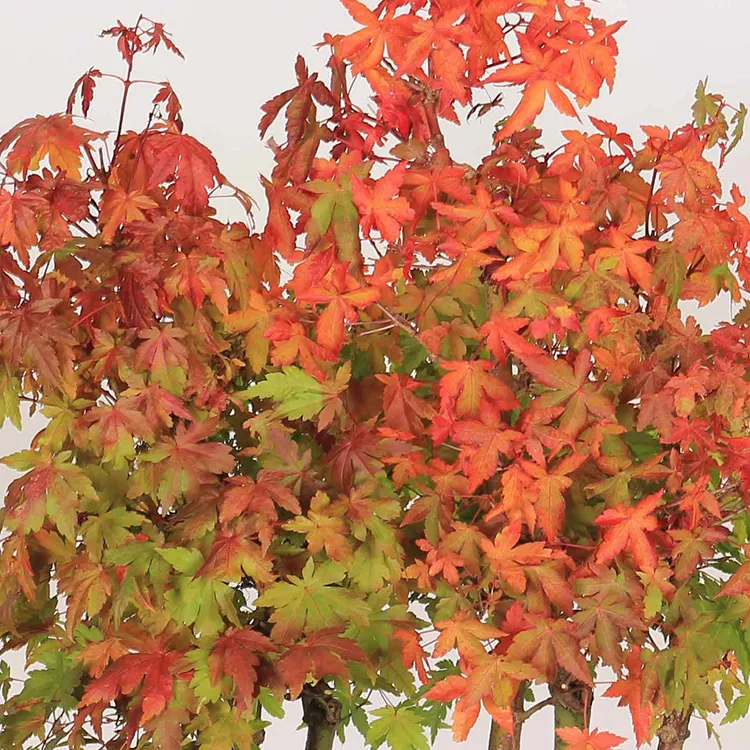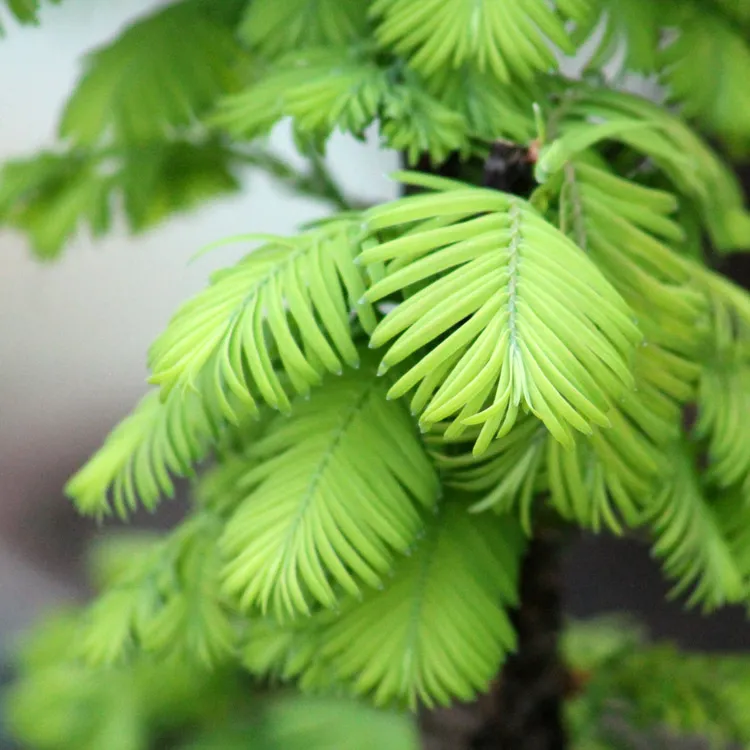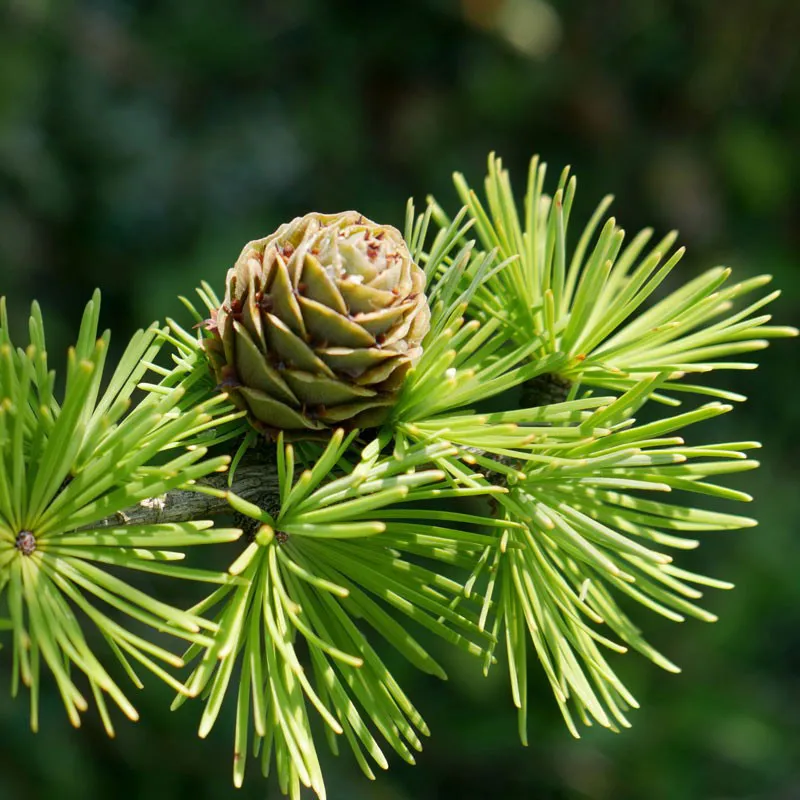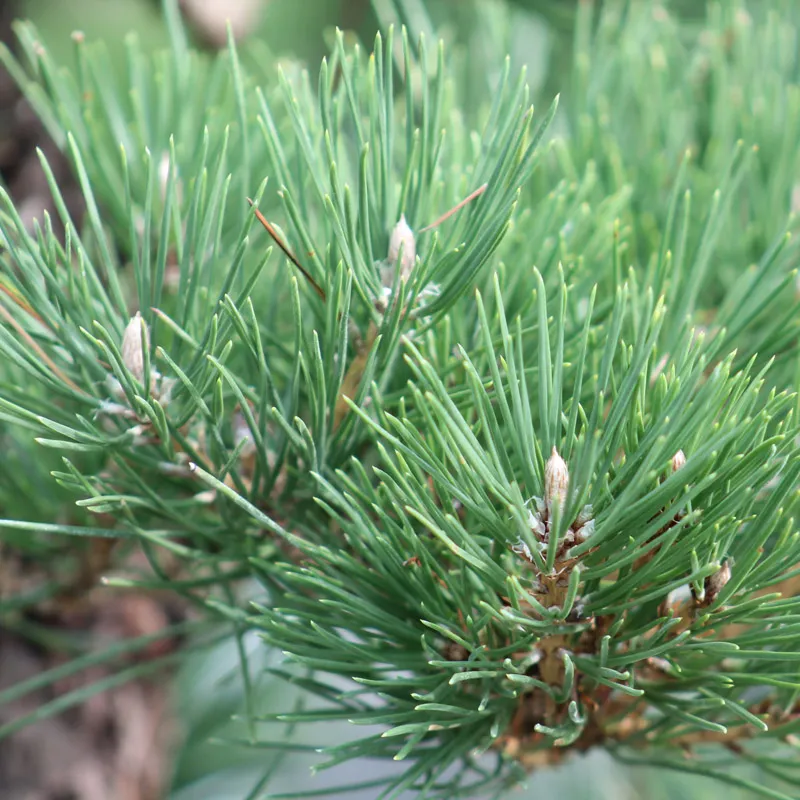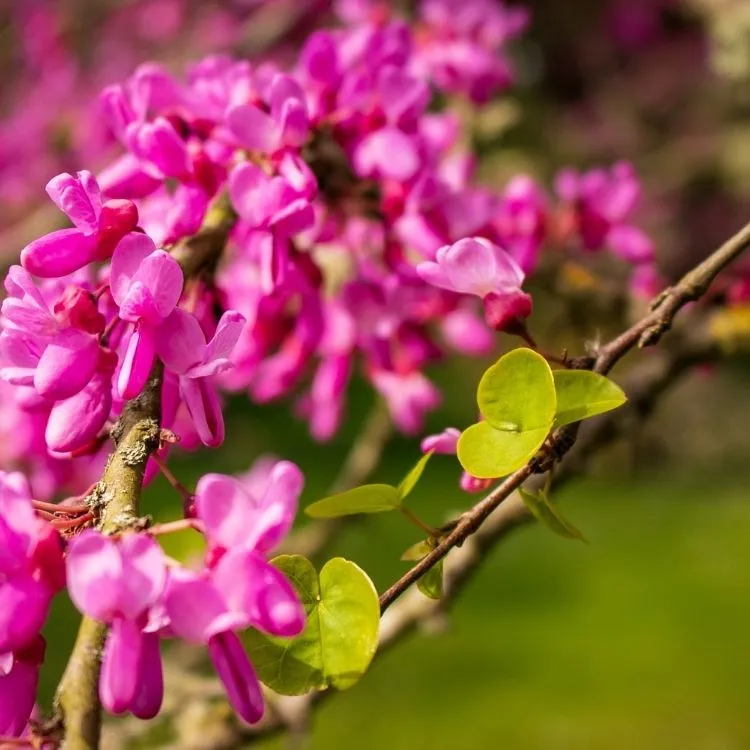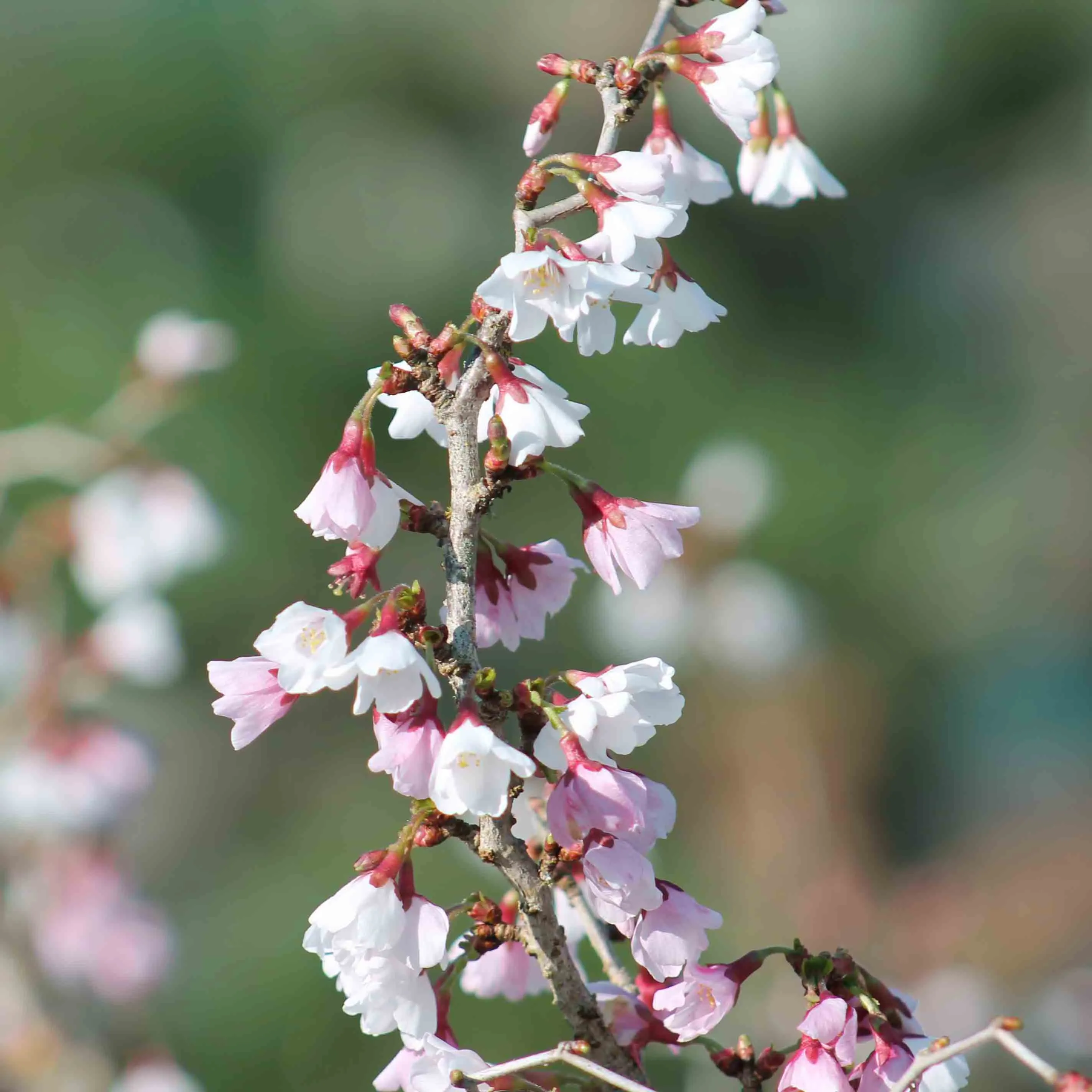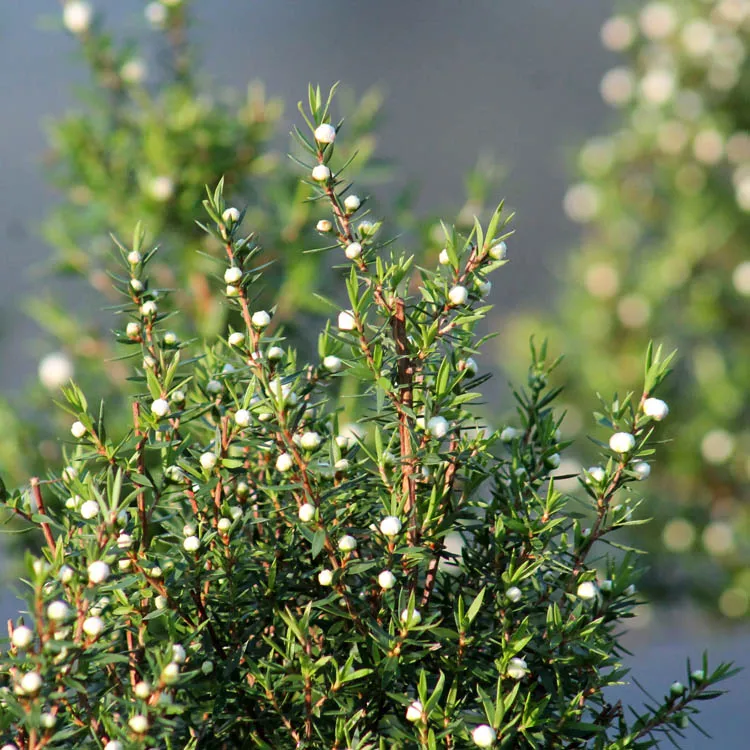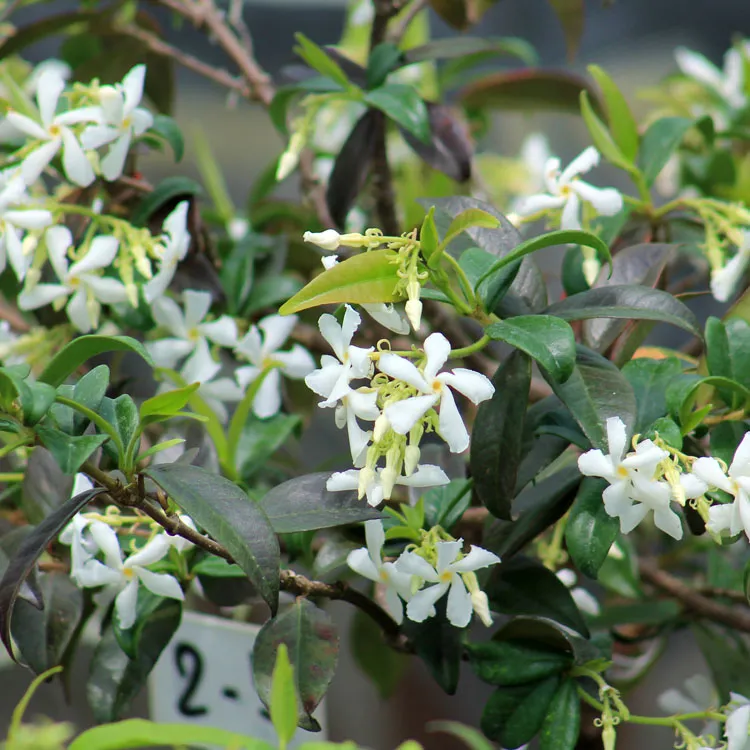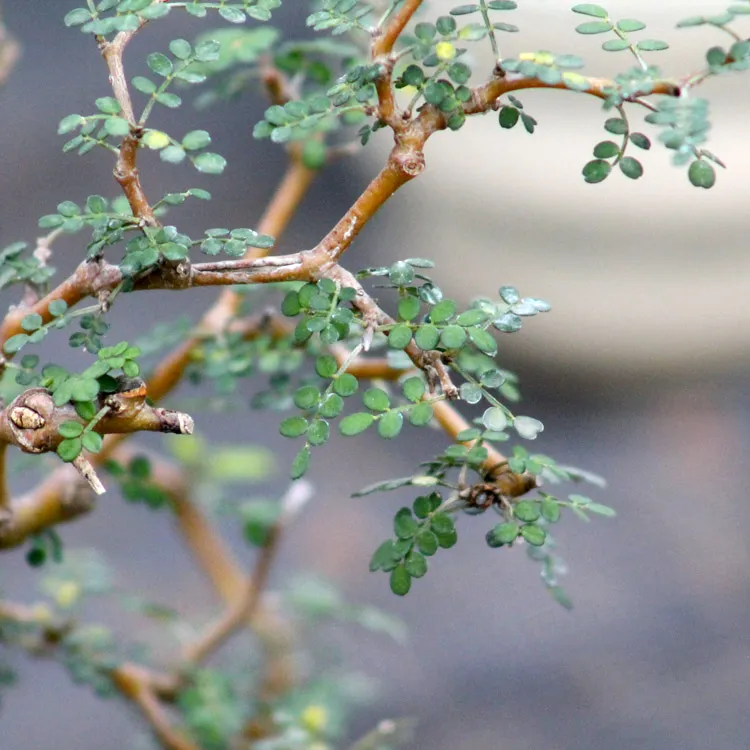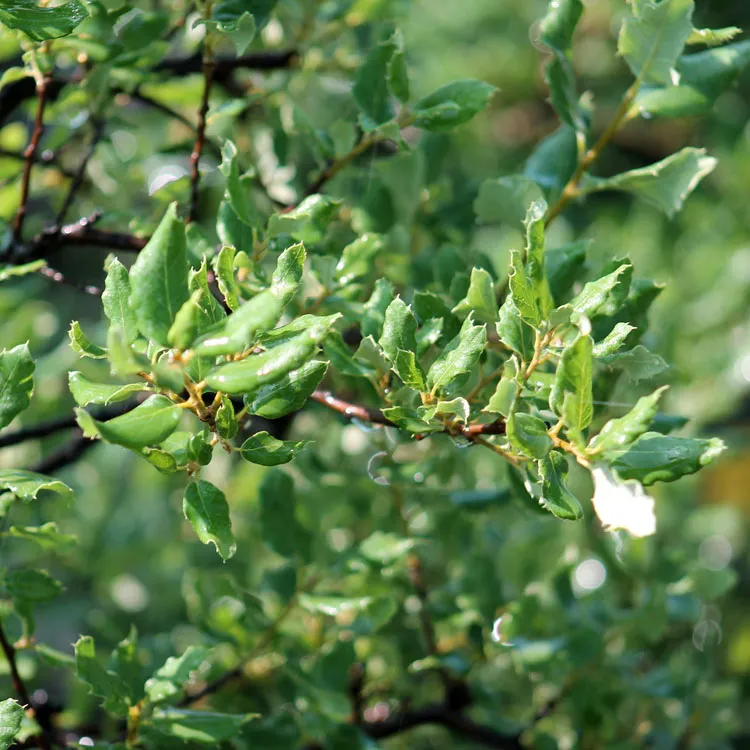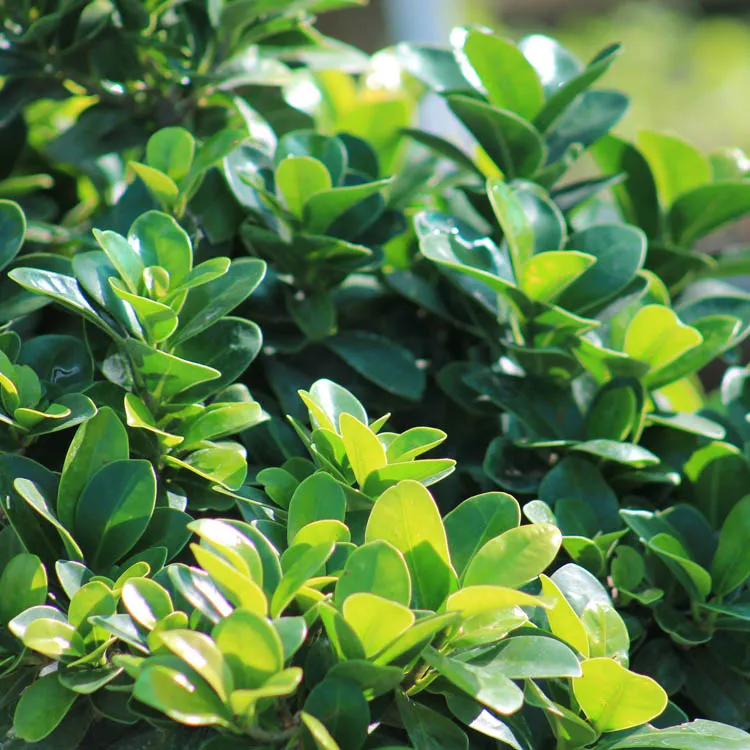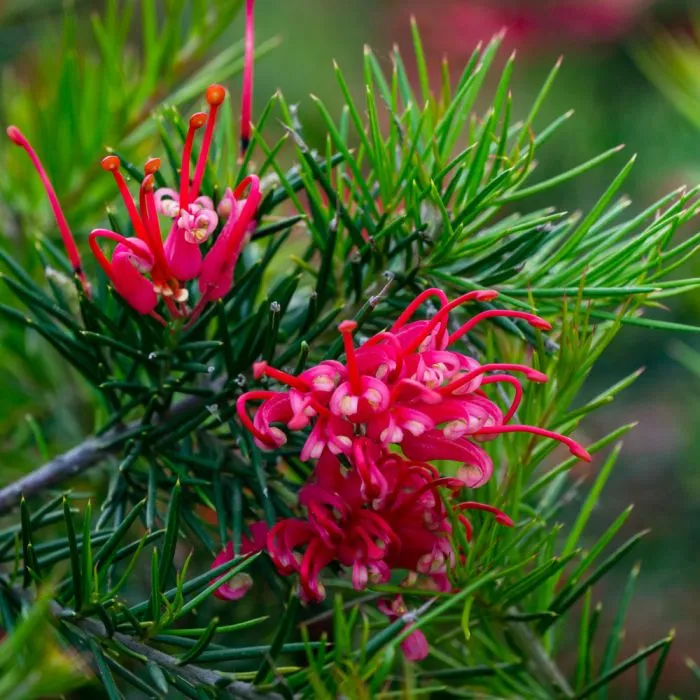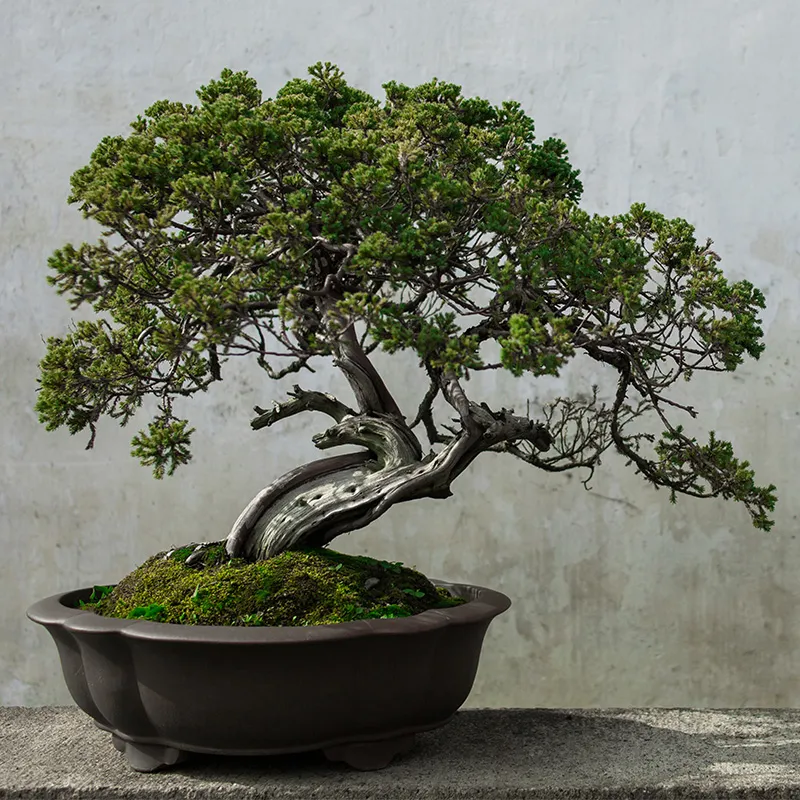Bonsai is a tree grown in a pot, applying horticultural techniques within a certain aesthetic framework. Stemming from a long Chinese tradition, and popularized by the Japanese, the main objective of growing a bonsai is to create a representation of nature. But is it an art, and what makes it different from traditional arts?
What is art?
Art, in its broadest sense, is a form of communication. The artist, through the use of materials and techniques, tries to arouse feelings in the viewers. For others, art is something that is born from the imagination, when creativity takes a tangible form in order to create something that will titillate our senses.
In other words, the purpose of art is to create an emotion in the viewer.
But what about the art of bonsai? Can we really compare it with sculpture, painting or architecture? Not really.
It is a new genre that has no equivalent except in the art of Japanese gardens. And that's normal, because most of the training techniques and aesthetic concepts of bonsai are directly inherited from the design of Japanese gardens.
The art of bonsai is an interpretation of nature at its most beautiful. It is also an intimate relationship between man and nature, a way to reconnect with what surrounds us and remind us of those fleeting images of landscapes that have marked us.
It is also an art that has its own characteristics, simply because the work is a living being. And that's certainly what changes everything.
A bonsai tree evolves over time
One of the most important concepts to understand when bonsai is that the work is never finished. It's not like a sculpture or a painting, which will remain unchanged once the artist has put the last stroke of the chisel or brush.
A bonsai will continue to change, to evolve. Every year, new buds will bloom, new twigs will lengthen, new branches will be created. We are not working on something inert, but on a living being.
Those who take good care of their bonsai will have to apply the right techniques and care, at the right times of the year, in order to channel this growth, and make it consistent with an aesthetic vision.
The life of a bonsai is not always a smooth ride. Like a man's, it is sometimes fraught with pitfalls, accidents, and drastic changes. When the tree has evolved well, new aesthetic perspectives become possible under the impetus of successive artists who observe it with a different eye.
This is often what happens when a bonsai tree changes owners. This fresh look often reveals a slightly different front side, or an orientation in the pot that will highlight more beautiful movements.
This requires reshaping, sometimes by cutting off some branches that have now become useless, as the others have grown and can take over. A new cycle then begins, and a new bonsai life begins.
Bonsai is therefore a never-ending work, and its form is never frozen in time. This is one of the most important concepts to understand in bonsai.
The creativity of the bonsai artist is limited by what the tree allows
When a sculptor begins to carve a rough stone, they can let their imagination run wild and create the work they want. When a painter puts the first brushstrokes on a blank canvas, he can completely decide which image he wants to create. But that's not the case with a bonsai.
As it is a living being, it will not necessarily grow as the artist had planned. The role of the bonsaika ultimately boils down to being that of a guide, the one who will give a direction, an orientation to follow. But it's always the tree that decides, and you have to deal with it.
So creativity is not at its peak. You can't just do anything with just any tree. To form a waterfall with a trunk as steep as a stake is not impossible, but it is going against common sense, it is going against nature, it is not respecting the tree.
Sometimes, on the long road to the transformation of a bonsai tree, it happens that the original formatting idea is abandoned in favor of a more realistic one.
In the end, it's like educating a child. Isn't the role of parents at most to guide a child towards a path that suits him rather than to force him to become who he is not?
Who is the real artist?
One of the most complicated things about working and maintaining a bonsai tree is that the effects are not immediately visible. This can take weeks, months, or even years.
Bonsai is not an immediate art, it is not enough to bend the trunk of a tree tightly, cover it with wires and put it in flat pottery to make a bonsai tree. Sure, it's sensational, it's spectacular, and it flatters the ego of the demonstrator. But it's not a bonsai, it's just the beginning of the path (if it manages to survive this shaping).
What turns a goal tree into a bonsai is the application of the right techniques, for years, decades. This is what will give you nice branch structures, a root base that spreads out at ground level, and a dense branching.
Time passes, the seasons pass, and then this inimitable patina appears. The bark of pine trees cracks, that of maple trees becomes greyish and smooth. The scars of the cut branches are closing. Dead wood cracks, like that of old mountain trees struggling to survive in a hostile environment. All traces of human intervention disappear, bonsai seems to have always been like this.
If a work of art emerges from a tree, it's not because the artist has bent branches and carved dead wood. Rather, it is because the artist has applied himself to maintaining his tree day after day, with the right techniques.
The role of Nature is so primordial that one can really wonder if she is not the true artist. When Man tries to imitate nature by folding, tying and creating dead wood, the result is never convincing, everything is too artificial.
Man will never be able to recreate the shapes of these contorted juniper trees that struggle to survive on the rock faces. Man will never be able to create woods shaped by years of cold, rain and sun.
Natural landscapes are the direct inspiration of bonsaika, but it does not necessarily seek to imitate nature. Because it's impossible. At most, he can draw inspiration from her most beautiful.
The art of bonsai is ultimately about rediscovering the very essence of nature, and creating an inspiring work with a minimum of elements.
Bonsai is not created by humans, bonsai is more about shaping nature to create something beautiful.


 Production of French Bonsai
Production of French Bonsai


